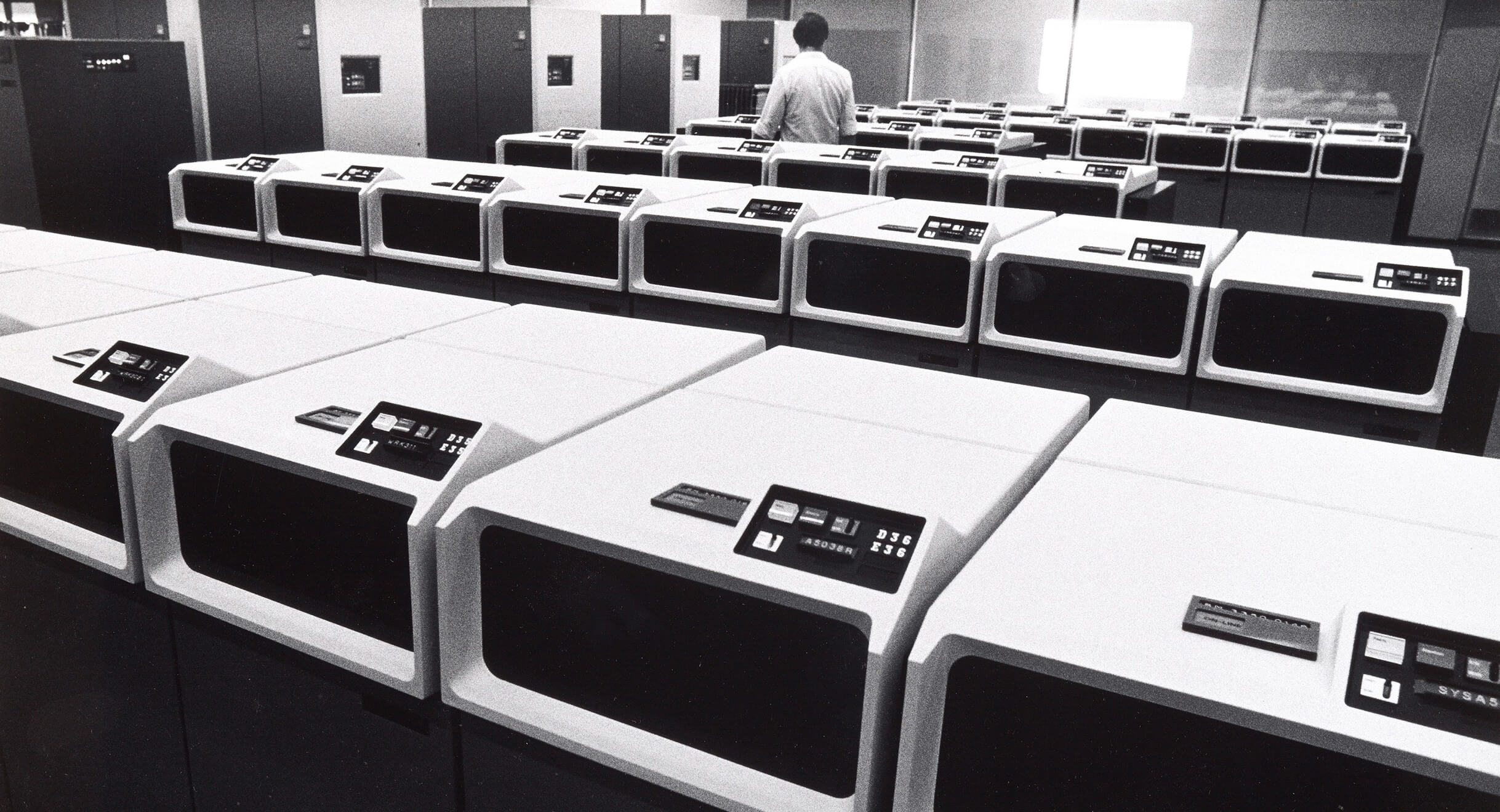Computercentrum Amro-bank © Michel Pellanders
The Rijksmuseum links individuals with art and history. Our data services are important building blocks for this. That is why we offer them in different ways, guided by our Information- and Data Policy. Our curators, registrars, librarians, conservators, information specialists and data managers collaboratively make available a wide range of data on the Rijksmuseum collection and its context. Reusable by everyone and growing every day.
The Rijksmuseum makes available extensive descriptions of more than a half a million art historical objects, hundreds of thousands of object photographs and the complete library catalogue to developers, researchers and enthusiasts. We strive for the highest data quality. We do this by following standards and best practices in the international cultural heritage sector and research fields, while keeping the unique aspects of the Rijksmuseum collection at the forefront of our endeavour.
So that everyone can use our data services, the Rijksmuseum operates an Open Data policy. The basis for this was laid in 2002 when the Rijksmuseum Research Library made its catalogue available via the web as an open data service. In collaboration with Open Cultuur Data, we released a huge number of photographs of objects from the collection as well as the associated metadata under an open licence (CC-BY) in 2011. Two years later, the Rijksmuseum placed the majority of its digitised museum objects in the public domain. We also launched the first API for collection data in 2013.
The Rijksmuseum develops its data services for optimum findability, accessibility, interoperability and reusability of the data. We stick to the FAIR Guiding Principles for scientific data management and stewardship.
A Treasure Trove of Data
- Metadata for 800,000 objects from the collection
- High-resolution photographs of 600,000 collection objects
- 320,000 bibliographic records
- 160,000 records for people and institutions
- 70,000 thesaurus terms
Object Metadata
From masterpieces to model ships, you’ll find it in the Rijksmuseum’s collections data. We have now made the details for over 800,000 objects available for reuse – most of them with a high resolution image. The Rijksmuseum offers multiple access points for this dataset: via APIs and also as a download. The dataset is modelled in the Europeana Data Model and in Linked Art.
Bibliographic Data
The Rijksmuseum Research Library manages one of the foremost collections of art historical books and journals, as well as auction, exhibition and collections catalogues. We make all of this bibliographic data available as an open data service – including metadata relating to digital publications and electronic magazines – alongside sustainable references to the associated digital files. This data is available in different formats.
Vocabularies
The Rijksmuseum uses controlled vocabularies in order to describe its collection and bibliographic datasets unambiguously. These thesauri contain information about, for example, people, locations, events and concepts. Several of our vocabularies can be downloaded.
Documentation and Archive
Extensive collections documentation, together with the institutional archive, form the Rijksmuseum’s collective memory. In 2019, the museum began digitising these rich data sources. We aim to offer our digitised documentation collection and archive files as a data service in the coming years. To consult these resources, please refer to our Research Library.
Research Data
Rijksmuseum researchers, conservators and curators produce terabytes of data every year. The Research Services department is currently building a digital infrastructure for sustainable Research Data management, inspired by the FAIR principles.
Further Information
The Rijksmuseum’s data services are developed and managed by the Research Services department. For questions and comments, get in touch via the contact form.
